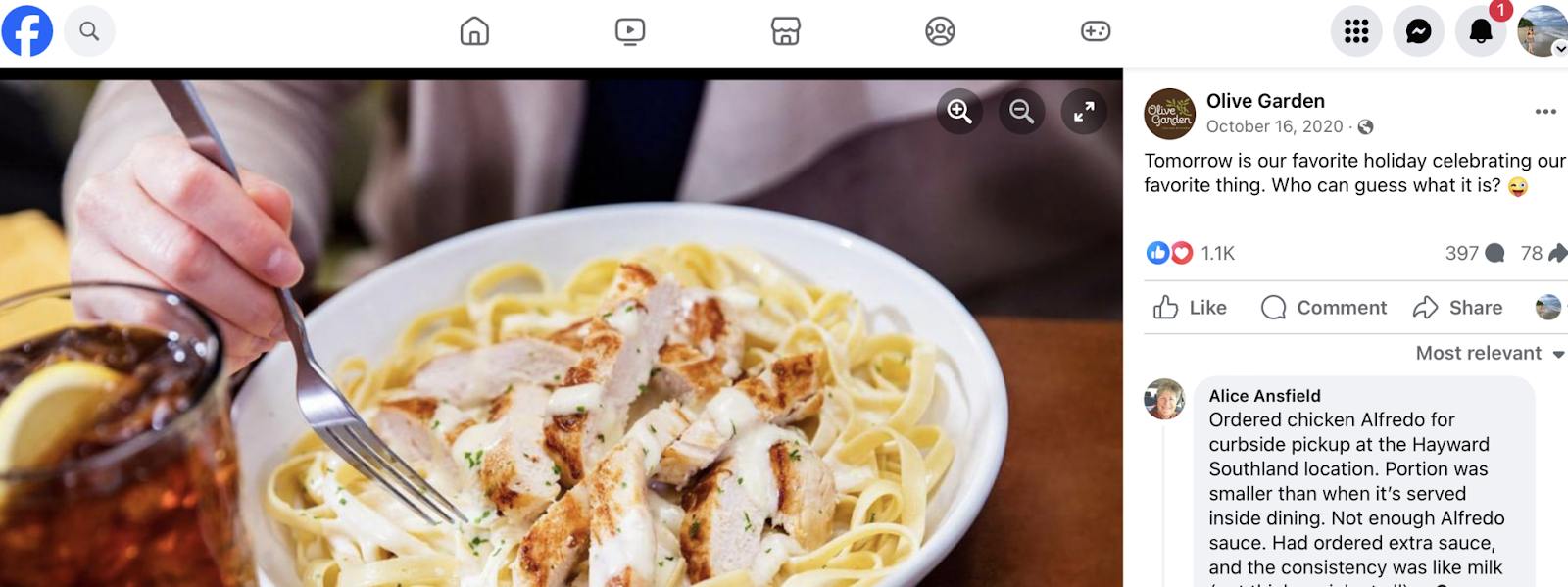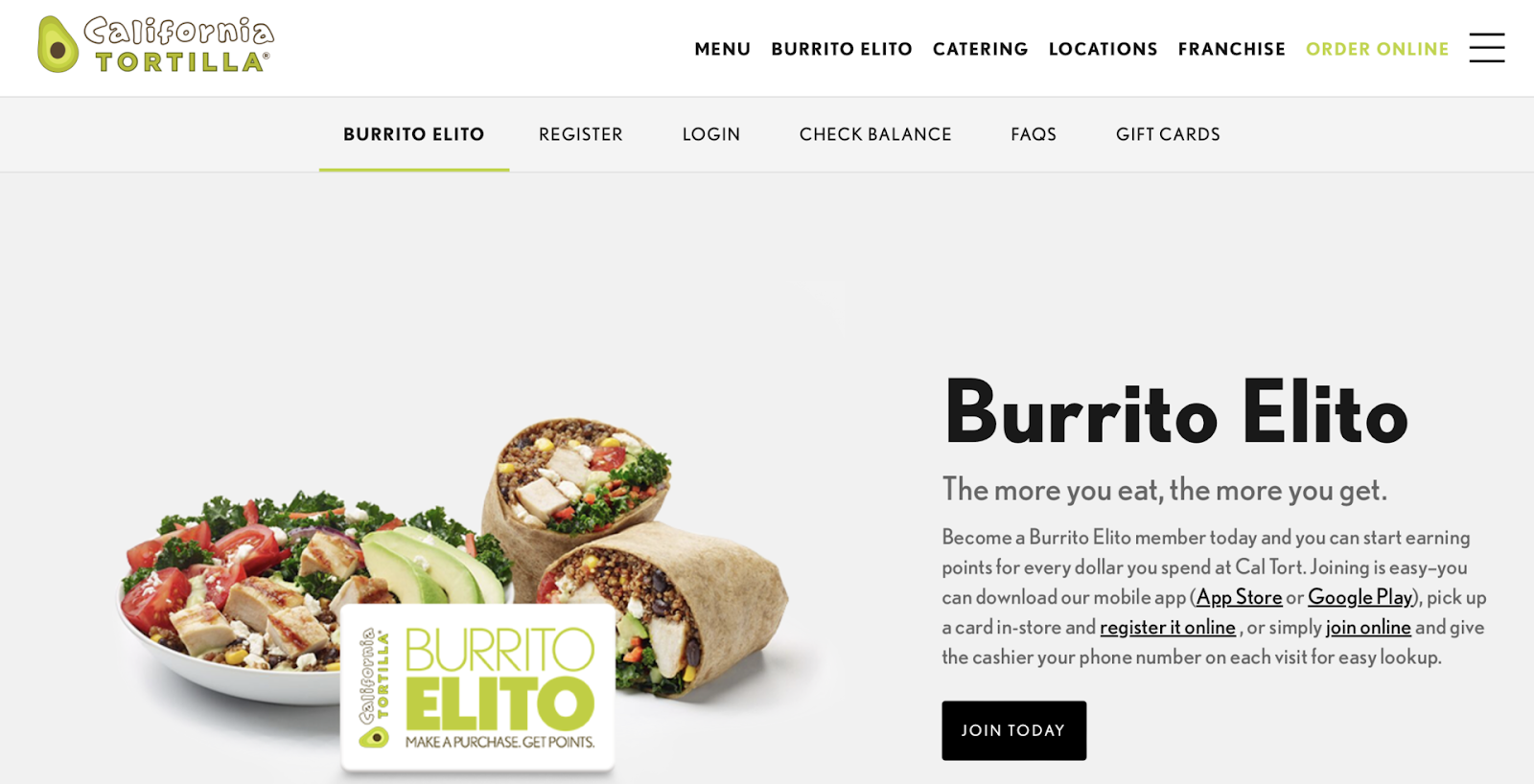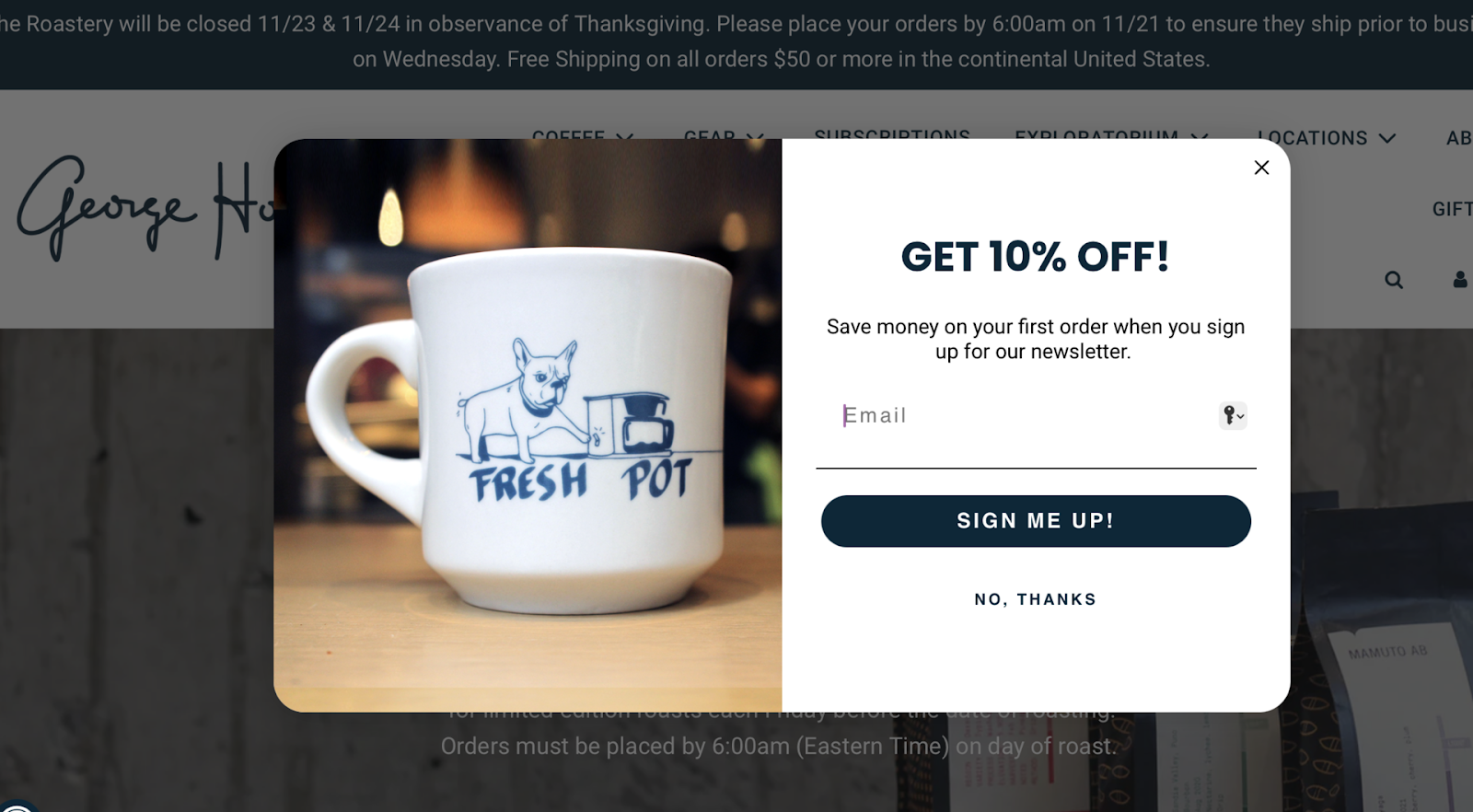
“Honey, want to eat out tonight?”
If you have implemented a restaurant email marketing campaign, your restaurant will be the top pick when the answer to this question is an enthusiastic “yes!”
Let’s start by taking a closer look at how often someone says that line. According to a 2023 survey by US Foods, the average person dines out three times a month. They don’t feel like cooking, find a night out at a restaurant more convenient, or simply enjoy the social experience of dining out. Whether ordering takeout or eating at a restaurant, the average American spends $166 per person a month at restaurants.
That adds up, especially if your restaurant can grow a large following of loyal customers who love to eat your food and rave about it to their friends. Successful restaurant owners know they must put as much effort into marketing as perfecting the front and back of the house.
Your restaurant marketing ideas should include social media strategies, paid advertisements in local publications or broadcasts, and even roadside signage. But don’t overlook the power of email marketing for restaurants. It’s one of the most effective online marketing tools for your business.
Understanding the importance of email marketing for restaurants
Restaurant email marketing creates brand awareness, which makes hungry people think of your establishment. There is surprising value in focusing your marketing efforts on an email campaign. When you create an email list of people who enjoy dining at your restaurant, that email list actually becomes a valuable asset for your business.
Those diners who give you their email addresses really want to know about your specials, new menu items, holiday events, and other news at your restaurant. They love seeing your messages sent directly to them in their email inbox. These valuable customers are precious — and even necessary for the long-term success of your business.
These emails are so important to your outreach strategy because a restaurant marketing email offers one of the best returns on your investment. The average ROI of email marketing is $36 for every $1 you spend. It’s so good because email is quick and easy. You can automate much of your work, so marketing still happens while you focus on other things.
Finding an email marketing solution for your restaurant
The key to success in restaurant email marketing strategies is finding the right email marketing platform for your restaurant. A common mistake is to collect email addresses and then use something like Microsoft Office or Google Mail to send a professional email campaign. These platforms are excellent for personal communication but lack the structure for restaurant marketing.
Instead, look for an email marketing platform with the background infrastructure to make the work easier. You’ll want a program with a variety of templates to make the design of your emails look sharp without having to learn code. Also, make sure the platform can create many different, smaller lists from your main email list. I’ll talk about why in a minute.
The point is that if you invest a little into the tools you need for a restaurant’s promotion, you’ll likely have more success.
Getting started with a restaurant email marketing strategy
Once you’ve chosen an email marketing platform, you’re ready to begin planning your restaurant email marketing strategies.
Establishing your brand
First, determine your messaging — that is, what do you want that hungry person to say as the reason to go to your restaurant when the family wants to go out to eat? Maybe it’s the elegant candlelit ambiance, or perhaps it’s your killer cheese fries. Think about what sets your brand apart from the other restaurants in your community and build your messages around that.
Setting your goals
Next, determine what you’d like to accomplish with your email marketing campaign. When you set a goal that you can measure using data, you’ll know if your actions are working. This can help to refine your message or create another strategy with email that could resonate more with the people on your email list.
Making a plan
Your email marketing strategy, then, will consist of the action steps needed to reach your goal. For example, let’s say your goal is to increase the number of returning diners by 50% in the next month. You could create an email campaign that will give a 10% discount to returning customers within two weeks of their first meal. Then, you can track the people who take advantage of the offer to see if you reached the goal.
Building a list of contacts
The best restaurant email marketing campaign is worthless without email addresses. There are plenty of ways to grow your list, like:
- Leave a stack of cards on the table
- Give away a free meal in exchange for an email address
- Train your wait staff to request it and give a prize to whoever collects the most
- Print opt-in messages on receipts
- Create a pop-up to sign up as part of your restaurant website design
- Make a QR code for table tents
Another easy way to build your email list is to offer an SMS Text-to-Join opportunity.
Segmenting your contact list
Even though creating one big email list is easiest, avoid the temptation! The best email lists are targeted; you’ll appreciate it later if you start breaking them up early in your campaign. Create groups that make sense for your individual business.
This practice is known as email list segmentation, and it helps make sure your message is personalized just for the recipient. For example, if you have a chain of restaurants, you’ll want to send news about the one closest to the email recipient. If a person only gets take-out from your restaurant, you can let them know about take-out deals rather than special events for in-house dining.
Designing and writing your emails
Aesthetics play a big role in whether people want to spend more time engaged with your email message, so take time when you’re crafting your restaurant email marketing campaign. Start with a great message that will connect with the group of people you’re emailing. Then, use a template to lay everything out nicely on the page.
Make sure your design is mobile-friendly so people can open and read it on their smartphone as well as their laptops. Use original photos — consider hiring a professional photographer if your budget allows — and have a clear call to action.
For example, if you want to promote a restaurant’s grand opening, add a button leading to a link to your online reservation platform so a person can book a table straight from the email.
Automation of email marketing for restaurants
The best restaurant email marketing campaigns won’t require too much of your time once you’ve set them up. Automation will do the work for you while you focus on the rest of the business. For example, use an email marketing platform that allows you to set up a welcome email series. This will help all new email list members to feel part of your restaurant’s family.
Then, set time aside to create and schedule other emails that can be sent at your prescribed times throughout the week or month. For example, if you know the specials for the week, you can send a short email highlighting the new dishes to try every day. Write and design them all at once, then schedule them to send on their own.
Testing, measuring, and monitoring email marketing performance
Remember those goals you set at the beginning of the campaign? Pick one or two metrics to determine whether your restaurant email marketing meets these goals. You can analyze the percentage of people who opened your emails or keep track of the number of people who clicked on a link in your messages.
You could also invest in a restaurant marketing platform like Bloom Intelligence. This online system helps you track guest behaviors, aggregate your data, and keep tabs on your restaurant’s online reputation.
Email marketing ideas and examples for restaurant
As you work toward your goals, be creative and have fun. Structure your campaign like you would create a list of restaurant blog ideas. That is, you’ll want to create an editorial calendar. This calendar can be a simple chart that lists the topic of the email message, the date and time it will be sent, who’s doing the work, and any other details you’d like to include.
Here are some targeted ideas for your restaurant email marketing work:
- Ask your customers for their birthday as part of the signup, and send them a coupon to celebrate.
- Create a loyalty program that offers a discount or free menu item after a certain number of purchases.
- Announce new menu items or special offers.
- Share holiday promotions.
- Highlight take-out or delivery options.
- Tell your customers about online ordering methods to save their time.
- Give diners good reasons to give your gift cards to their loved ones.
Whatever you decide, the calendar will help you stay on track. Don’t leave the hard decisions about messaging until the last minute; it’s better to plan your strategy so you can remain consistent in regular emails.
Examples of great restaurant email marketing
The best restaurant email marketing examples are straight to the point. Unlike more complex industries like, say, a CPA, there’s not much to dive deep with a restaurant. You simply want to provide clear motivation for someone to think of you when their friend says that famous line about wanting to go out to eat.
For example, Olive Garden sent their email list members a message about their favorite holiday. Then, they posted a similar message on their social media page. The holiday? National Pasta Day, of course. It’s celebrated every October 17th.

Another successful email marketing campaign was by California Tortilla. They had a loyalty program that encouraged diners to sign up online at the restaurant for special deals. Once a person was part of their “Burrito Elito” club, they received email deals encouraging them to return.

Finally, George Howell Coffee sends emails explaining the limited-time coffee beans they’ve roasted and packaged for subscriptions. They offer 10% off the next order in a pop-up on their website for everyone who signs up to receive the emails.

Anticipating possible issues
As you plan your restaurant email marketing campaign, consider your customers’ questions. The more you can anticipate concerns or issues, the less likely you’ll have to spend time handling them in the future.
For example, if you are unveiling a new menu item, add information about allergies or nutritional value. Or, if your email campaign is announcing a restaurant reopening, provide a link to Google Maps for easy directions.
Frequently asked questions on restaurant email marketing
Has this guide answered most of your questions about restaurant email marketing? Here are a few FAQs and quick answers.
How can restaurants use email marketing?
Start by creating an editorial calendar for just one month. You can choose a shoulder season or a month that’s slower than normal and come up with reasons why your customers should think of you when they get hungry. Think of email marketing as a way to form a relationship with the people who love your food and drinks.
How do I create a restaurant email list?
Restaurants are fortunate to have front-of-house staff who are pros at talking to people. Start by asking them to gather email addresses. Make it easy by creating incentives both for the customers and your wait staff to collect as many as possible in a short time. Make it a challenge with a fun reward for the top performer.
How do you write a marketing strategy for a restaurant?
Gather your most creative team members for a two-hour meeting when the restaurant isn’t busy. You don’t want to be continually interrupted. Then, work through the tips in this guide to decide on a goal, message, calendar, and structure to reach out to new and current customers to build your business.
Start your restaurant email marketing campaign today
Email marketing can help restaurants build their clientele, gain brand awareness, and set the table for a large group of loyal customers who come back regularly. When done correctly with an email marketing platform like Constant Contact, you can automate your work — that is, do it in advance — so you can focus on the rest of the business.
As a first step in the process, look at what your competition is doing. You may get ideas for your next campaign. Then, get ready to be the answer when people in your community start asking, “What’s for dinner?”




